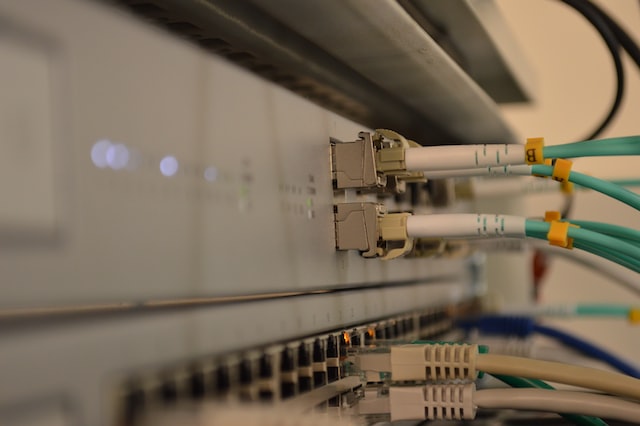TCP/IP is a set of protocols that define how computers communicate over a network. It is named after two of its most important protocols, the Transmission Control Protocol (TCP) and the Internet Protocol (IP), which are used for sending and receiving data packets over a network. Developed in the 1970s by Vint Cerf and Bob Kahn, TCP/IP forms the backbone of the modern internet. This introduction will cover the key aspects of TCP/IP networking, including its architecture, protocols, addressing, and more.
TCP/IP is the foundation of the internet, as well as most local area networks (LANs) and wide area networks (WANs). It is a layered protocol, with each layer providing a specific set of functions and services. The layers are often referred to as the TCP/IP protocol stack, and they are organized into four layers:
- Application layer: This is the topmost layer of the TCP/IP protocol stack, and it is where application-specific protocols are implemented. Examples of application layer protocols include HTTP (for web browsing), FTP (for file transfer), SMTP (for email), and DNS (for domain name resolution).
- Transport layer: This layer is responsible for providing reliable communication between applications running on different hosts. The TCP protocol is used for connection-oriented communication, which ensures that data is delivered reliably and in the correct order. The UDP protocol is used for connectionless communication, which is faster but less reliable.
- Internet layer: This layer is responsible for routing data between networks. It uses the IP protocol to encapsulate data into packets and to provide addressing and routing information. The IP protocol is a connectionless protocol, which means that each packet is sent independently and may take a different path to its destination.
- Link layer: This layer is responsible for sending and receiving data over the physical network. It includes protocols for accessing the network medium, such as Ethernet, Wi-Fi, or DSL.
When a computer wants to communicate with another computer over a network, it first breaks the data down into packets and adds the necessary headers and trailers to each packet. The packets are then sent over the network, and each router along the way uses the IP protocol to route the packets to their destination. When the packets arrive at the destination computer, the headers and trailers are removed, and the data is reassembled into its original form.
TCP/IP networking is essential for modern computing, and it is used in many different applications, from web browsing and email to online gaming and video conferencing. By understanding how TCP/IP works and how it is implemented, you can gain a deeper understanding of how networks operate and how to troubleshoot network-related issues.
In addition to the four layers of the TCP/IP protocol stack, there are several other protocols that are commonly used in TCP/IP networking:
- Domain Name System (DNS): DNS is used to translate human-readable domain names (such as www.google.com) into IP addresses (such as 172.217.0.46). This allows computers to locate and communicate with each other using domain names instead of IP addresses.
- Dynamic Host Configuration Protocol (DHCP): DHCP is used to automatically assign IP addresses and other network configuration information to computers on a network. This simplifies network administration and makes it easier to add and remove devices from the network.
- Simple Network Management Protocol (SNMP): SNMP is used to monitor and manage network devices, such as routers, switches, and servers. It provides a standardized way to collect and report information about network performance and availability.
- Address Resolution Protocol (ARP): ARP is used to map IP addresses to MAC addresses, which are unique identifiers for network interface cards (NICs). This allows computers to send data to other computers on the same physical network.
TCP/IP networking is constantly evolving, with new protocols and technologies being developed to improve performance, security, and reliability. Some of the latest trends in TCP/IP networking include:
- IPv6: IPv6 is the latest version of the IP protocol, which provides a much larger address space than IPv4. This is important as the number of connected devices continues to grow, making it necessary to support more unique IP addresses.
- Virtual Private Networks (VPNs): VPNs are used to create secure, encrypted connections between computers over the internet. This allows remote workers to access company resources securely and helps to protect sensitive data from hackers and other threats.
- Software-Defined Networking (SDN): SDN is a new approach to networking that separates the control plane (which determines how data is routed) from the data plane (which actually moves the data). This allows networks to be more flexible and easier to manage, as changes can be made quickly and easily through software.
Overall, TCP/IP networking is an essential component of modern computing and is used in a wide range of applications and industries. By understanding the basic concepts of TCP/IP networking, you can gain a deeper understanding of how networks operate and how to troubleshoot network-related issues.



